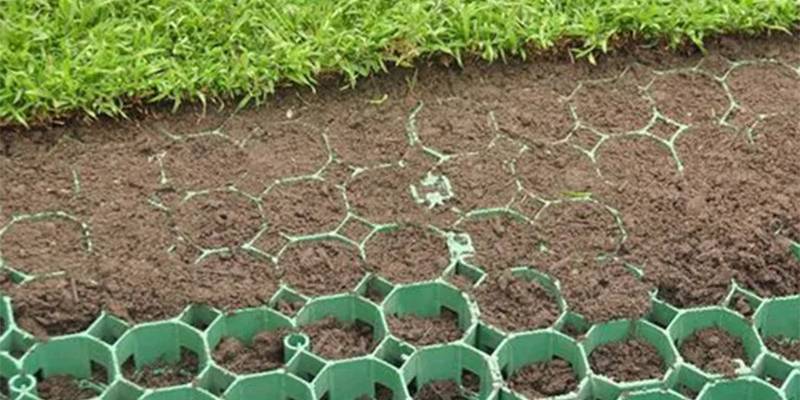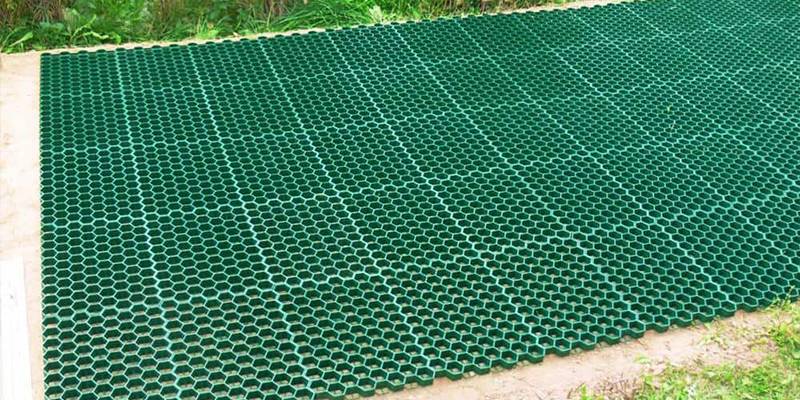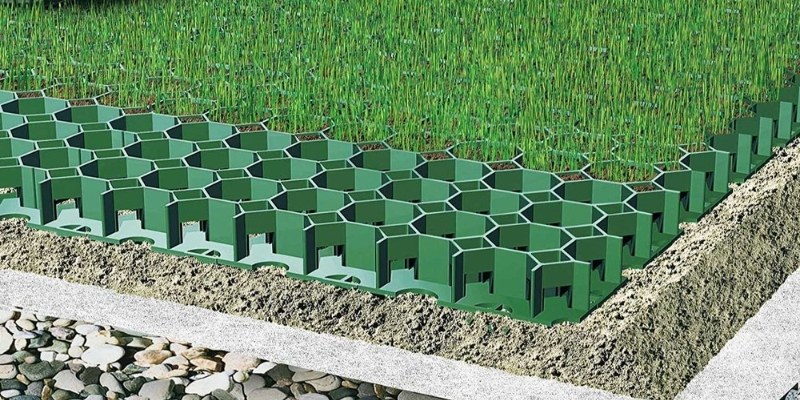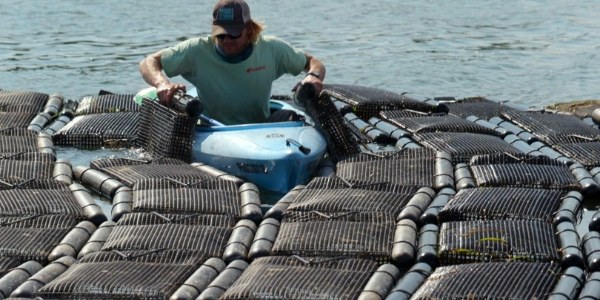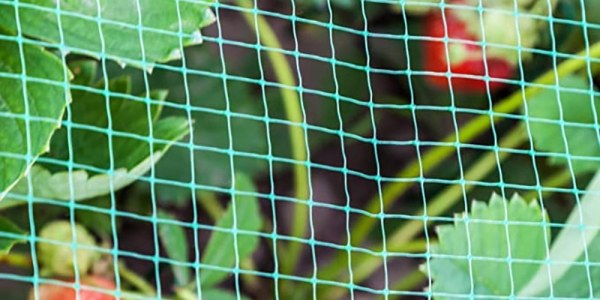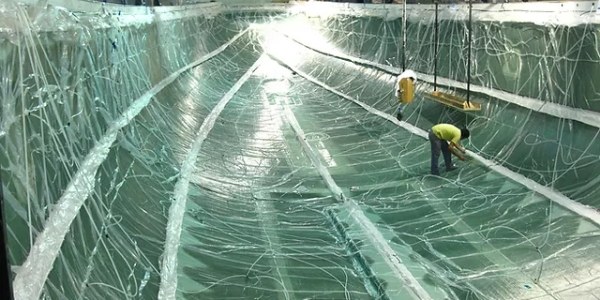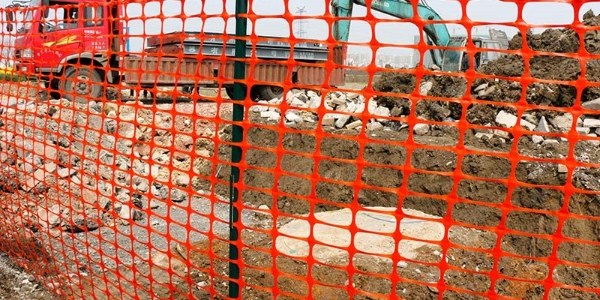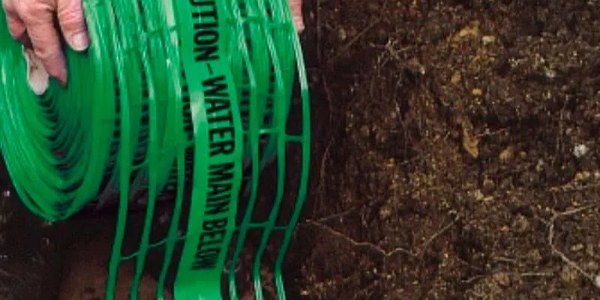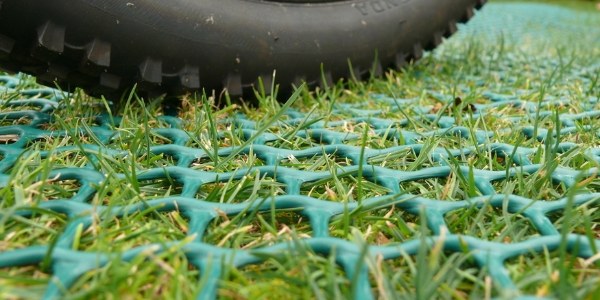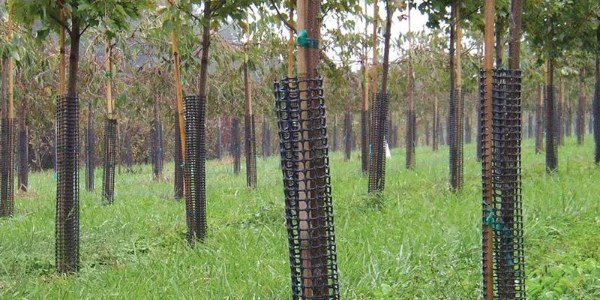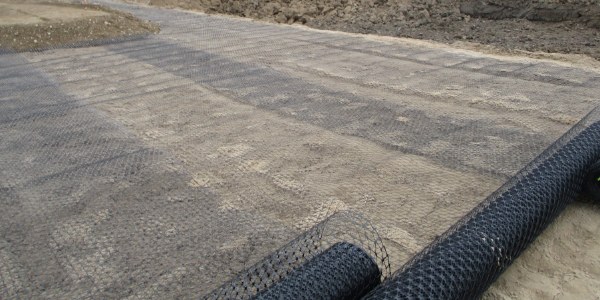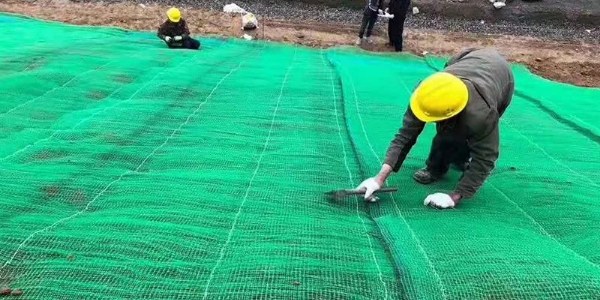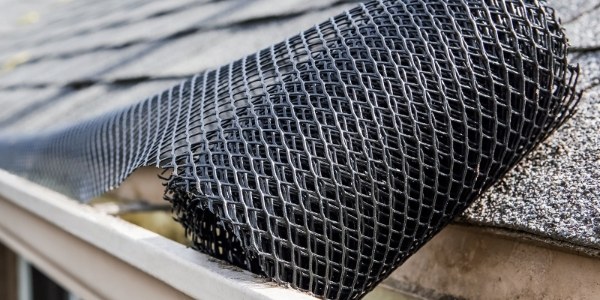Plastic Grass Paver Installation Guide
Many residential communities have green belts on either side of the roads, and the lawns are usually directly laid to the roadside. However, due to poor management, the soil in many of these green areas is severely compacted. The emergence of plastic grass paver solves this problem properly. The use of plastic grass paver can prevent the soil from being compacted and minimize wear and tear on the grass.
Plastic grass paver adopts a three-dimensional structure and has high strength and strong load bearing capacity. Compared with other traditional grass pavers, it occupies small space and is widely used in fire exits, parking lots, truck washing areas, barrier-free passages, etc.
Composition
There are several options for the base course composition of the plastic grass paver, including:
- Compacted plain soil + crushed stone chips + gravels + crushed stone chips + plastic grass paver + mixed nutrient soil
- Compacted plain soil+ gravels + concrete foundation + crushed stone chips + plastic grass paver + mixed nutrient soil
- Compacted plain soil+ gravels + concrete foundation + crushed stone chips + non-woven blanket + plastic grass paver + mixed nutrient soil
From the analysis of construction cases, we came to the following conclusions:
The 1st option, it features smooth drainage but is easy to cause ground collapse due to the weight on the ground over a long period. The 2nd option, it is susceptible to nutrient loss due to rain erosion over time, leading to a decrease in the nutrient soil content within the plastic grass paver.
The 3rd option, non-woven blanket separation layer is added to prevent the loss of nutrient soil and serve to retain soil moisture.
Selection
Choose plastic grass paver of different sizes based on specific applications. For areas with long usage time and heavy load, such as parking lots, grass pavers with high strength should be selected. For places built on roofs or open areas facing south with long exposure to direct sunlight, plastic grass pavers with a higher height should be selected to increase the thickness of the nutrient soil and enhance its water retention capacity.
Mixed nutrient soil configuration in plastic grass paver.
The mixed nutrient soil for grass pavers should be configured to have good looseness, air permeability, water retention, and rich organic matter. There are 3 specific schemes as follows:
- Common nutrient soil + rice chaff ash + organic fertilizer;
- Common nutrient soil + perlite soil + black soil;
- Common nutrient soil + peat + black soil (mainly for later maintenance topsoil).
Configuration
The quality of common nutrient soil directly affects the quality of mixed nutrient soil. Regardless of the configuration method and mixing ratio used, the physical properties of common nutrient soil should be considered first, which is also the key factor affecting the price of mixed nutrient soil. The nutrient soil for plastic grass paver generally uses yellow soils with fine particles and good granular structure, and then adds 1/3 of black soil.
Installation
- The gravel base layer must be compacted. The degree of compaction determines its maximum bearing pressure. The base layer surface must be flat and a drainage slop of 1%–22% is preferred.
- The concrete foundation seepage holes should be filled with pebbles or gravels and sand to prevent soil loss, and 70 mm thick small gravel (20% soil, 20% sand mixed with 60% small gravels) should be laid as leveling layer.
- Each piece of plastic grass paver has a link buckle, which is interlocked when paving. When the plastic grass paver installation is finished, use small roller or flat vibrator to press the surface of plastic grass paver back and forth once, and trim the uneven places until the surface becomes flat.
- It is recommended to use high quality nutrient soil for filling the plastic grass paver. When backfilling, water should be sprinkled to allow the soil to settle down, then use bamboo broom to sweep the nutrient soil on the surface evenly into the plastic grass paver. The height of the soil layer should be 5–-10 mm below the plane of the plastic grass paver as the benchmark.
- Manila grass is commonly used for plastic grass paver. It is trample-resistant and easy to grow. When laying the grass, a gap of about 20 mm should be left, and the grass should be laid in a staggered pattern. After laying the grass, water it thoroughly to make it soft, and then use a small roller or flat vibrator to press the grass roots into the plastic grass paver (repeatedly), so that the grass roots can grow downward easily.
- Maintain the grass for a month before parking vehicles on it. If the grass is planted between November and March of the following year (rest period), it should be maintained for two months before parking.
- During use or after the rainy season, if there is a small amount of planting soil loss, you may sprinkle some soil or sand evenly on the lawn surface to fill the soil lost due to rain erosion.
- The lawn needs to be trimmed 4–6 times a year. Weeds should be removed in a timely manner, and fertilizers should be applied. In hot and dry seasons, the lawn should be watered frequently or equipped with an automatic sprinkler system, and necessary maintenance management work should be done timely.






